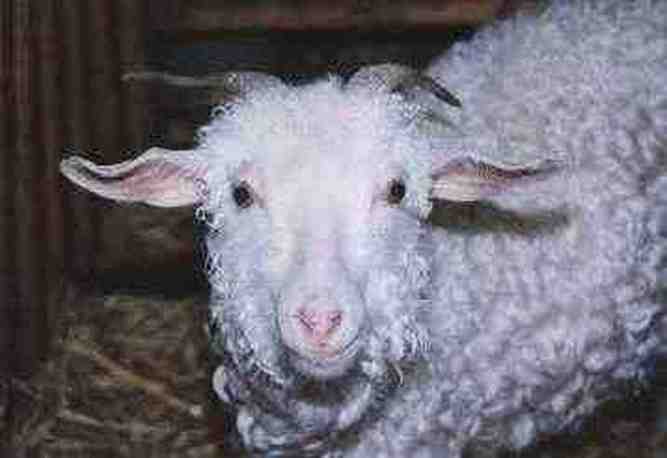The two year old male was 66 pounds on the rail. That is a big goat, and the butcher said he was the largest he has processed. The size is one of the reasons they are a meat and fibre goat in the Middle East. The year old buck was 44 pounds. One female was 56 pounds and the other right behind her. These are large goats. I sheared them as well as I could prior to butchering so I could at least harvest the mohair, but I don't know if the smell of the buck will be easy to clean and deodorize.
Tomorrow, I will try a rack of goat roast, this one from one of the females. I am a little scared to try the buck in rutt, but will give it a go, too. The meat, if I find it tasty, will be sold to any buyers who are willing to pay $11 per pound. The cost to process the goats was $475, four hours driving, and the original cost of the goats. I will never recoup the loss, but at $11 per pound, it will help offset the expense of owning these goats. I will have the mohair as well and it does sell washed and clean for $10 per pound. That is not very much actually, being so light and fluffy. I think a whole goat does not have more than 2 or 3 pounds of fibre. The reason one of the females was $100 more initially is that she was a high fibre producer.
The female that I kept had a buckling and was a good mother and raised him. I have kept him and his fate will be meat next year, but after he breeds the Nigerian Dwarf goats for Nygoras. The plan then is to breed this year's Nygoras to those Nygoras and see what the second generation produces. I kept one Nygora doeling and one buckling this year and will keep one of each next year too, provided the doe has the right sex of kids.
So, tomorrow, the taste will tell the rest of the tale. Stay tuned.


 RSS Feed
RSS Feed